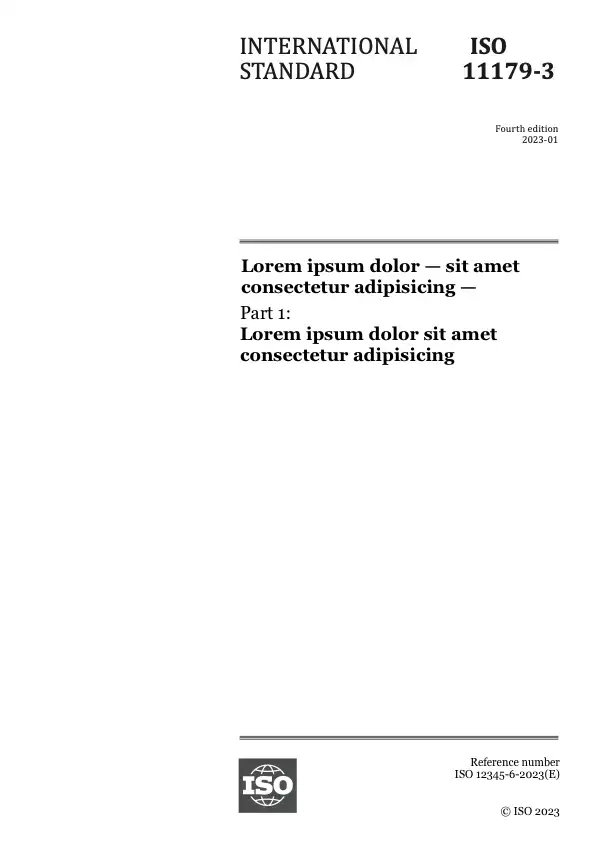Тезис
This document provides a method to calculate the GHG emissions from an LNG liquefaction plant, onshore or offshore.
The frame of this document ranges from the inlet flange of the LNG plant’s inlet facilities up to and including the offloading arms to truck, ship or railcar loading. The upstream supply of gas up to the inlet flange of the inlet facilities and the distribution of LNG downstream of the loading arms are only covered in general terms.
This document covers:
— all facilities associated with producing LNG, including reception facilities, condensate unit (where applicable), pre-treatment units (including but not limited to acid gas removal, dehydration, mercury removal, heavies removal), LPG extraction and fractionation (where applicable), liquefaction, LNG storage and loading, Boil-Off-Gas handling, flare and disposal systems, imported electricity or on-site power generation and other plant utilities and infrastructure (e.g. marine and transportation facilities).
— natural gas liquefaction facilities associated with producing other products (e.g. domestic gas, condensate, LPG, sulphur, power export) to the extent required to allocate GHG emissions to the different products.
— all GHG emissions associated with producing LNG. These emissions spread across scope 1, scope 2 and scope 3 of the responsible organization. Scope 1, 2 and 3 are defined in this document. All emissions sources are covered including flaring, combustion, cold vents, process vents, fugitive leaks and emissions associated with imported energy.
The LNG plant is considered “under operation”, including emissions associated with initial start-up, maintenance, turnaround and restarts after maintenance or upset. The construction, commissioning, extension and decommissioning phases are excluded from this document but can be assessed separately.
The emissions resulting from boil-off gas management during loading of the ship or any export vehicle are covered by this document. The emissions from a ship at berth, e.g. mast venting are not covered by this document.
This document describes the allocation of GHG emissions to LNG and other hydrocarbon products where other products are produced (e.g. LPG, domestic gas, condensates, sulphur, etc.).
This document defines preferred units of measurement and necessary conversions.
This document also recommends instrumentation and estimations methods to monitor and report GHG emissions. Some emissions are measured and some are estimated.
This document is applicable to the LNG industry.
Applications include the provision of method to calculate GHG emissions through a standardized and auditable method, a means to determine their carbon footprint.
Жизненный цикл
-
Сейчас
-
00
Предварительная стадия
-
10
Стадия, связанная с внесением предложения
-
20
Подготовительная стадия
-
30
Стадия, связанная с подготовкой проекта комитета
-
40
Стадия, связанная с рассмотрением проекта международного стандарта
-
50
Стадия, на которой осуществляется принятие стандарта
-
60
Стадия, на которой осуществляется публикация
-
90
Стадия пересмотра
-
95
Стадия, на которой осуществляется отмена стандарта
-
00
Появились вопросы?
Ознакомьтесь с FAQ
Часы работы:
Понедельник – пятница: 09:00-12:00, 14:00-17:00 (UTC+1)

